Microsoft Flight Simulator (MSFS) has gained popularity for its stunning graphics and realistic gameplay. However, one persistent issue has been the overly purple sunsets and sunrises in the simulated skies. A user named Biology2394, with a background in computer graphics and color science, has conducted extensive research to address this problem. In this forum post, he introduces the Atmosphere Rendering Parameter Calculator (ARPC) and advocates for its implementation in MSFS, as well as other flight simulators.
The Problem:
Most flight simulators, including MSFS, DCS, and X-Plane 12, rely on a few papers as the basis for their sky rendering. These papers, authored by Eric Bruneton and Sebastien Hillaire, provide equations to calculate the scattering and absorption of light in the atmosphere. However, these equations assume a spectral representation of light, while computer graphics rendering is typically done using tristimulus values (such as RGB). This mismatch leads to inaccuracies in sky colors, particularly the purple hues observed in sunsets and sunrises.
The Solution – ARPC:
Biology2394 developed the Atmosphere Rendering Parameter Calculator (ARPC) to address the inaccuracies caused by using a single wavelength for red, green, and blue. They utilized the CIE 1931 XYZ color matching functions and converted them into sRGB, which is the color space used in rendering. This approach allowed them to consider the contribution of all wavelengths in calculating the scattering and absorption coefficients for red, green, and blue. By taking a weighted average of these coefficients, they significantly improved the accuracy of sky colors.
Validation and Results:
To validate the effectiveness of ARPC, Biology2394 employed a root finding algorithm to minimize the error between spectrally rendered references and their calculated coefficients. The results showed excellent agreement between the expected coefficients and those derived from ARPC. A comparison of sky visuals using the original coefficients and ARPC’s coefficients demonstrated a notable improvement in the realism of sunsets and sunrises.
Call for Implementation:
Biology2394 acknowledges that implementing ARPC in MSFS requires the involvement of the simulator’s developers, specifically the Asobo team. They seek support from the flight simulator community to bring attention to their work and encourage Asobo to consider integrating ARPC into the simulator. The ARPC project is open source and accessible on GitHub, making it feasible for developers to adopt and implement the proposed changes.
Community Response:
The forum post received an overwhelmingly positive response from the flight simulator community. Users expressed enthusiasm for the potential improvements in MSFS’s sky visuals and urged Asobo to take Biology2394’s research into consideration. Many users voted in favor of the implementation, highlighting the need for more realistic and varied sky conditions within the simulator.
Conclusion:
Biology2394’s research on enhancing sky colors in flight simulators, particularly MSFS, through the implementation of ARPC showcases their dedication to improving realism in virtual aviation experiences. By addressing the inaccuracies in the atmospheric parameters used for rendering, ARPC offers a promising solution to the persistent issue of purple sunsets and sunrises. With the support of the flight simulator community, there is hope that Asobo will recognize the value of ARPC and work towards integrating it into future updates of Microsoft Flight Simulator, elevating the visual fidelity of virtual skies for pilots and enthusiasts alike.


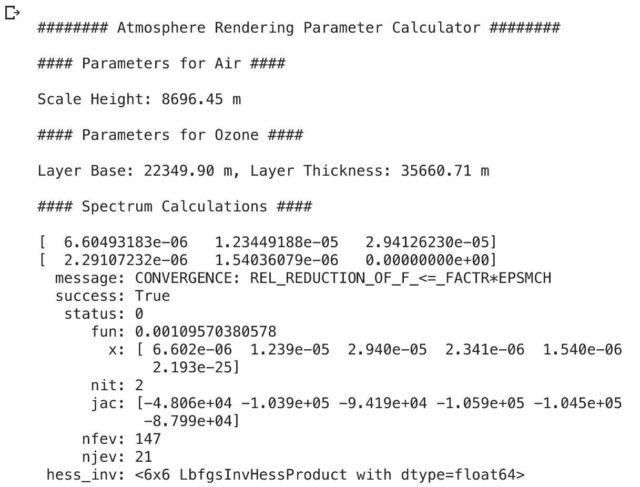
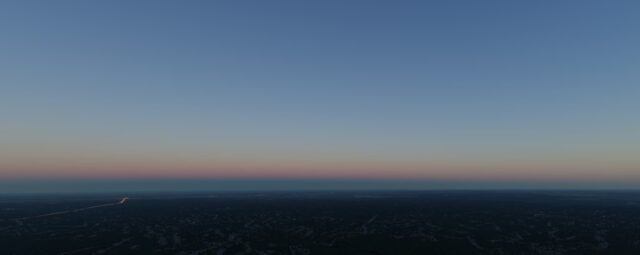
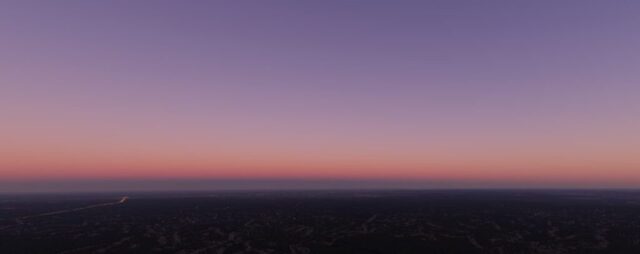
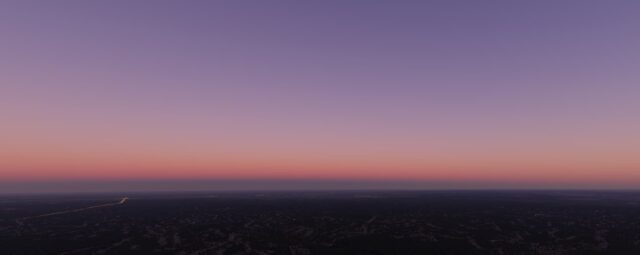

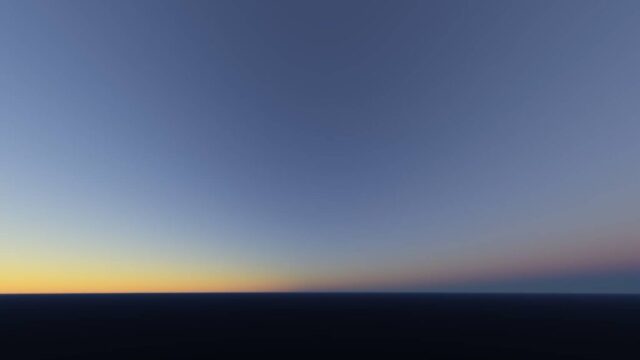
I hope the Asobo team reach out to him and consider implementing his amazing work.